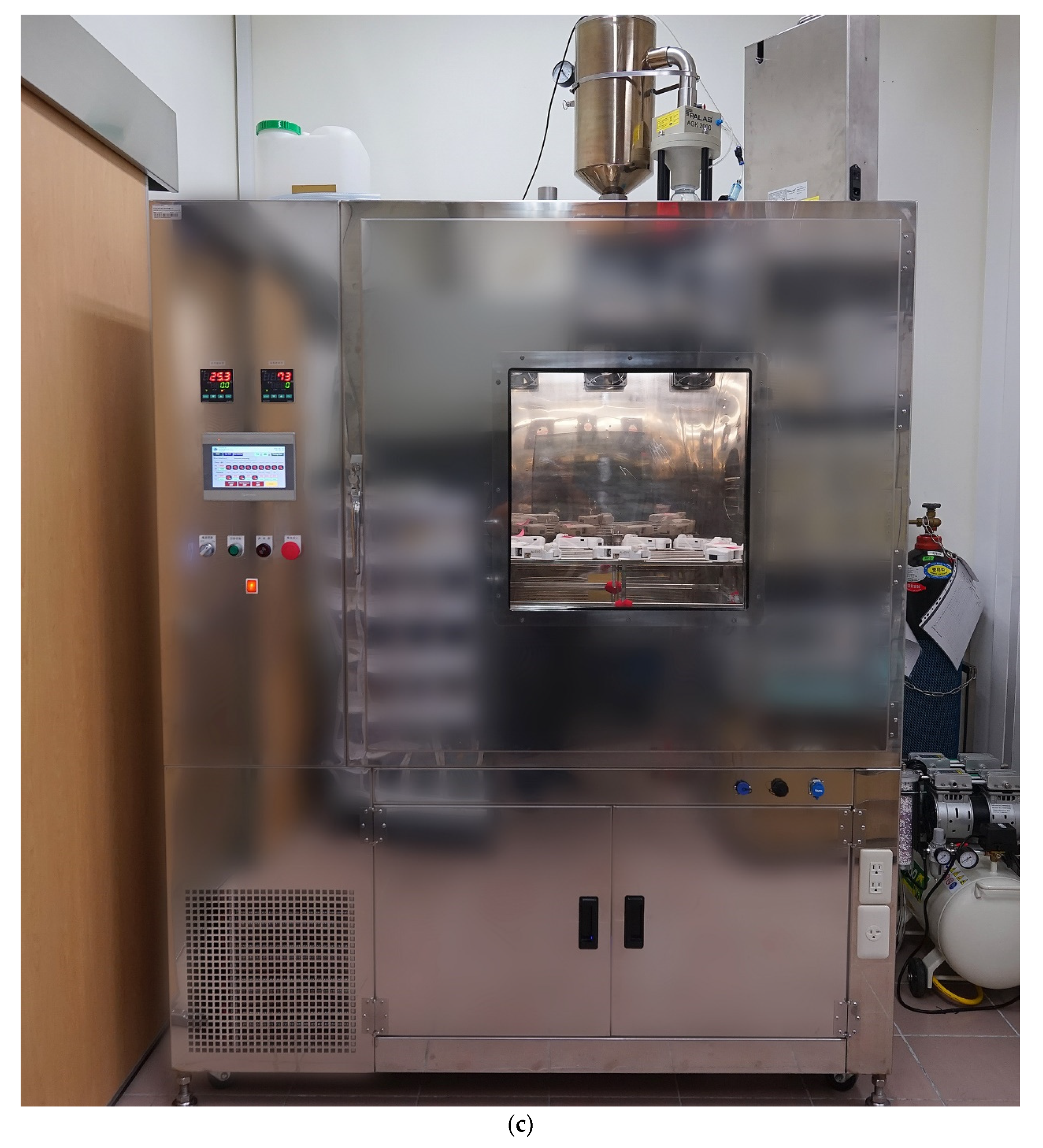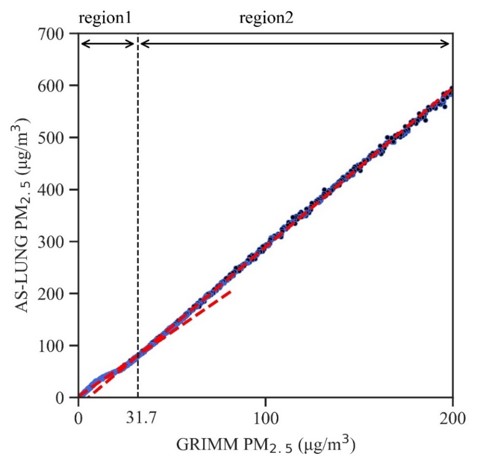


Fig. 1 Side-by-side comparison inside a chamber with AS-LUNG sets.
To tackle the challenge of the data accuracy issues of low-cost sensors (LCSs), the objective of this work was to obtain robust correction equations to convert LCS signals into data comparable to that of research-grade instruments using side-by-side comparisons. Limited sets of seed LCS devices, after laboratory evaluations, can be installed strategically in areas of interest without official monitoring stations to enable reading adjustments of other uncalibrated LCS devices to enhance the data quality of sensor networks.
The robustness of these equations for LCS devices (AS-LUNG with PMS3003 sensor) under a hood and a chamber with two different burnt materials and before and after 1.5 years of field campaigns were evaluated. Correction equations with incense or mosquito coils burning inside a chamber with segmented regressions had a high R2 of 0.999, less than 6.0% variability in the slopes, and a mean RMSE of 1.18 µg/m3 for 0.1–200 µg/m3 of PM2.5, with a slightly higher RMSE for 0.1–400 µg/m3 compared to EDM-180. Similar results were obtained for PM1, with an upper limit of 200 µg/m3. Sensor signals drifted 19–24% after 1.5 years in the field. Practical recommendations are given to obtain equations for Federal-Equivalent-Method-comparable measurements considering variability and cost.
Key points
More information

Fig. 2 An example of raw PM2.5 data in the chamber experiments with incense with segmented regressions for 0.1-200 μg/m3; the regions indicated are the concentration ranges for the different equations.